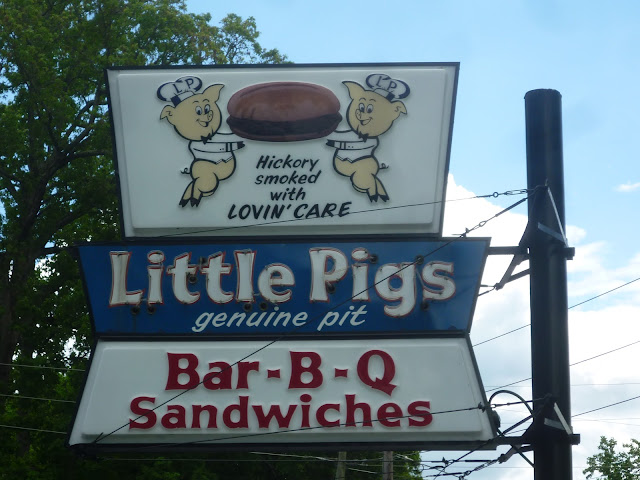Truly Yours Best Hats
I found this matchbook the other day. It was remarkable enough in that it was a matchbook for a hat store, not a bar or restaurant. I don't think I've ever seen that before. But the address, 139 Nassau, corner of Beekman, rang a bell. Seemed to me I remembered a hat store being on that corner.
I was right. The corner was the home of Young's Hat Store until recently. The faded sign is still visible, though the shop is gone. At some point it was also called Hat Corner. According to this New York magazine listing, Hat Corner began selling hats there in 1959, and Truly Yours began doing business in the 1890s. So the address was associated with headgear for more than a century. Remarkable.
Found an ad for the store from 1957. As on the matchbook, they proudly proclaim this is "Our Only Store." And they feature their "Bankers Hat," which is manufactured by and sold only at their store. They carried Homburgs, Tyroleans, Flat Tops, Light Weights. "Water Blocked" and "Richly Lined." Nifty.









































